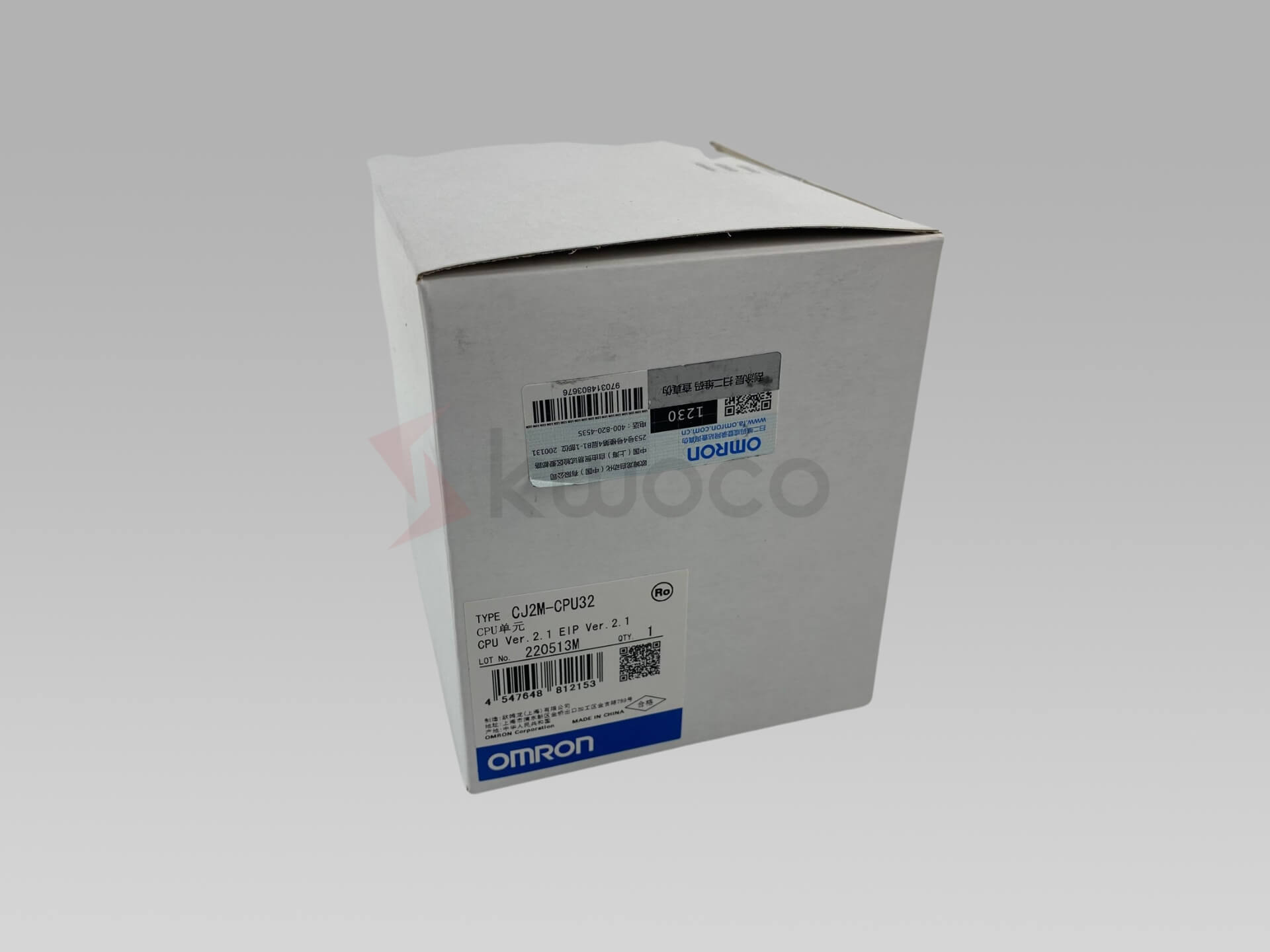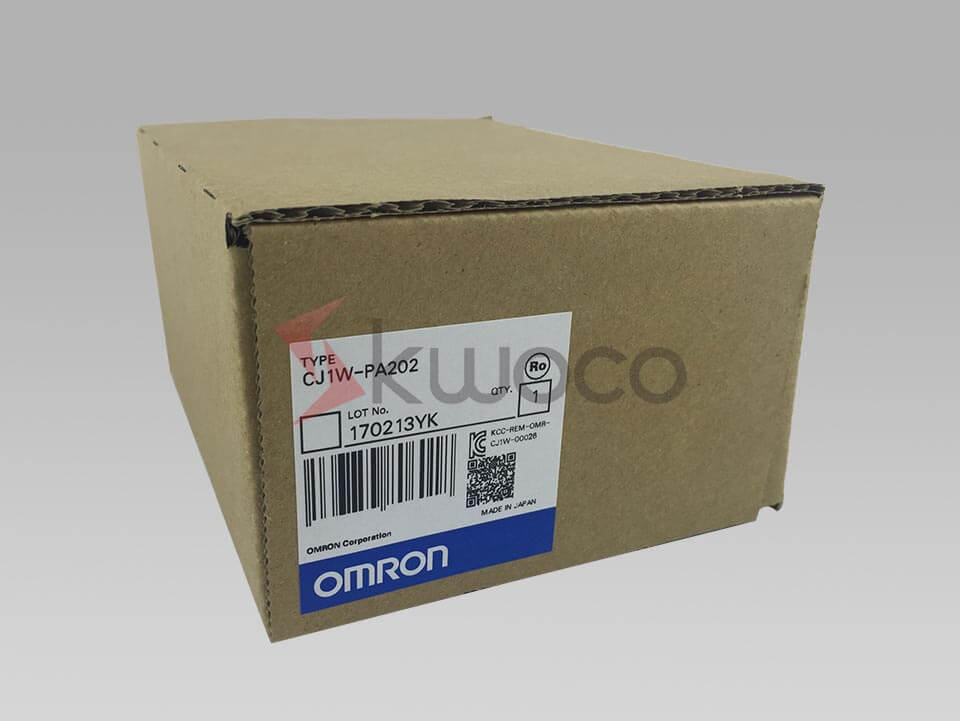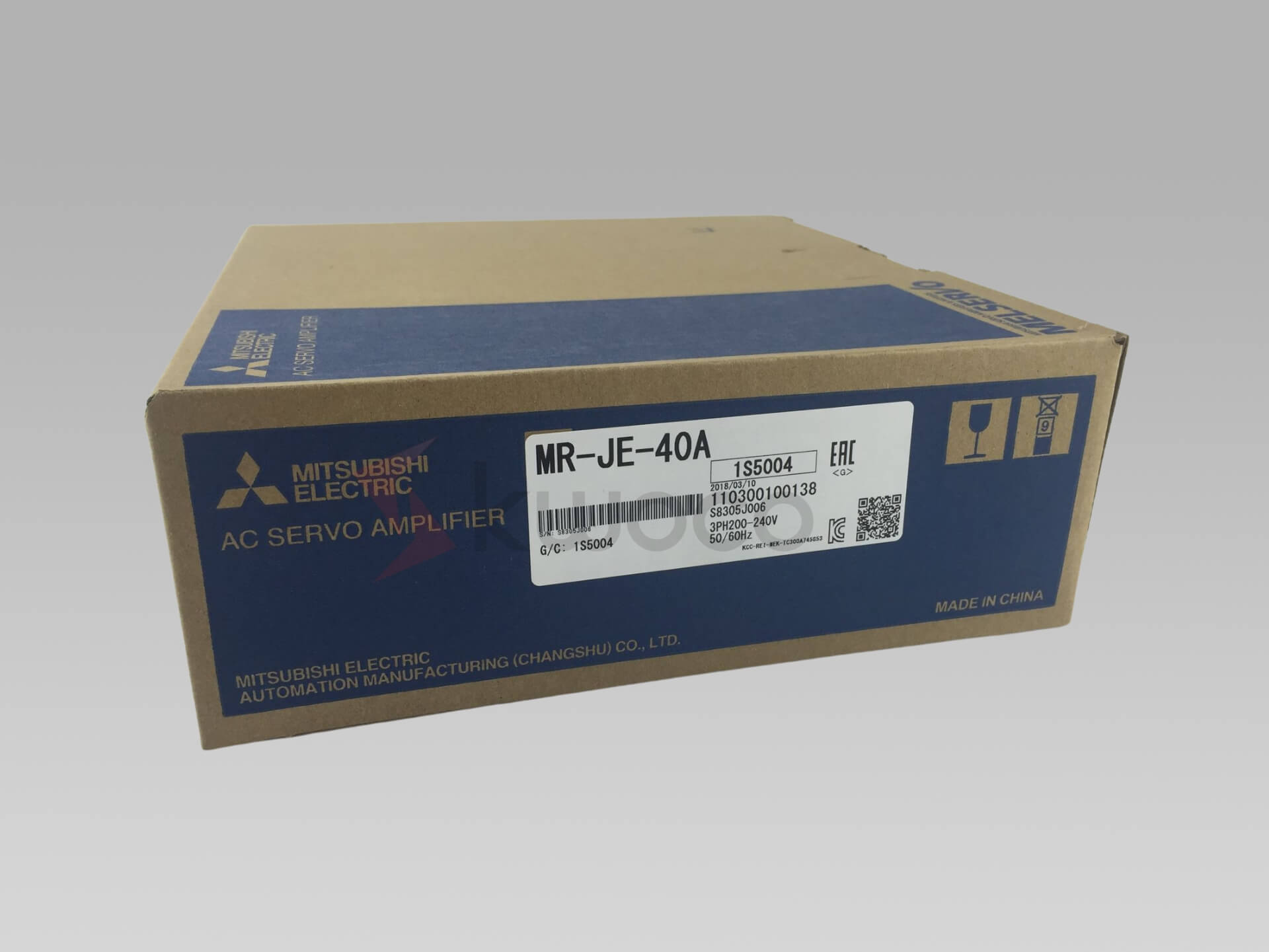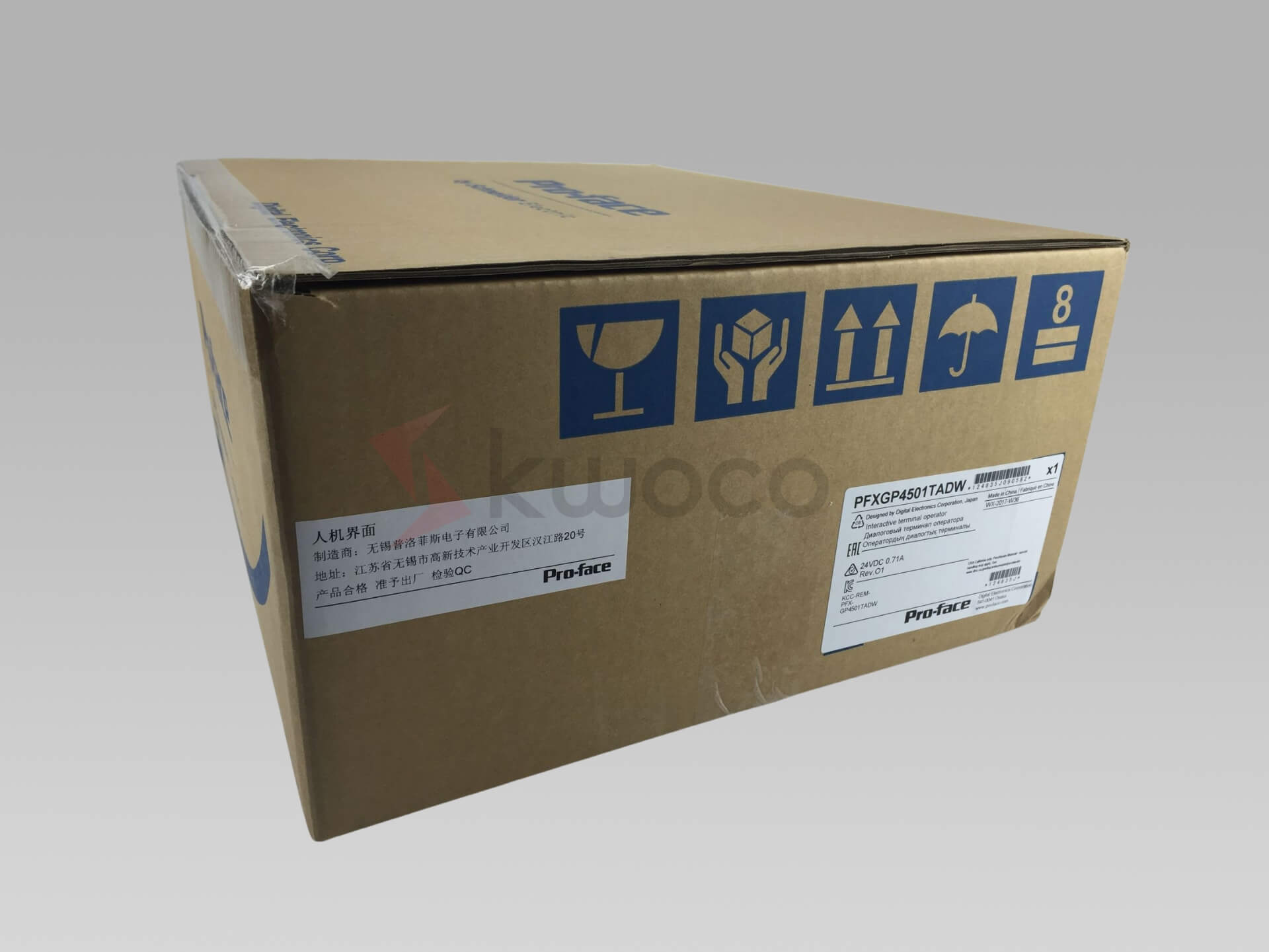Explore Siemens SIMATIC Controllers: A Comprehensive Guide to Solutions
Table of Contents
What Makes SIMATIC Controllers Stand Out in the World of Automation?
As someone deeply involved in the world of industrial automation, I’ve seen firsthand how SIMATIC controllers have revolutionized the industry. They are not just programmable logic controllers (PLCs); they represent a comprehensive automation system designed to meet the diverse needs of various industries.
I can confidently say that Siemens has truly outdone itself with the SIMATIC controller portfolio, offering a robust and versatile solution for everything from simple automation tasks to complex, high-performance machine concepts.
One of the key features that make SIMATIC controllers stand out is their scalability. Whether you are looking at the SIMATIC S7-1200 for smaller applications or the powerful SIMATIC S7-1500 for more demanding tasks, there is a controller in the SIMATIC family for you.
I’ve often recommended the SIMATIC S7-300 to clients who need a reliable workhorse that can be easily expanded with a wide range of modules. The SIMATIC controller offers integrated system functions that make it perfect for a variety of applications, including building automation systems and treatment plants.
What are the Different Types of SIMATIC Controllers and Their Applications?
The SIMATIC controller portfolio offers a wide variety of controllers tailored to specific needs. For example, the SIMATIC S7-1200 is perfect for compact automation solutions that require a high level of flexibility, while the SIMATIC S7-1500 is designed for more demanding, complex tasks.
In my experience, I’ve found that the S7-300 is particularly well-suited for process control applications, while the S7-400 is the go-to choice for high-end automation.
| Controller | CPU Performance | Typical Applications |
|---|---|---|
| SIMATIC S7-1200 | Basic | Packaging, small-scale assembly lines, building automation |
| SIMATIC S7-1500 | Advanced | Complex machine control, high-speed data processing, advanced motion control |
| SIMATIC S7-300 | Mid-range | Process industries, water treatment plants, general automation tasks |
| SIMATIC S7-400 | High-end | Large-scale industrial plants, power generation, high-availability systems |
| SIMATIC ET 200SP | Distributed | Modular and distributed I/O systems, flexible automation solutions in tight spaces |
Choosing the right controller can make all the difference, and with Siemens offering such a diverse range, there’s a perfect fit for every need. Every SIMATIC controller offers integrated system diagnostics, making it easier to troubleshoot and maintain the system.
The SIMATIC ET 200SP and SIMATIC ET 200pro are also noteworthy for their modular design and distributed input and output capabilities.
How Does SIMATIC S7-1200 Revolutionize Compact Automation Solutions?
The SIMATIC S7-1200 is a game-changer when it comes to compact automation solutions. In my line of work, I often deal with machinery and equipment factories that need powerful, yet space-saving solutions.
The S7-1200 is a modular marvel, allowing for incredible flexibility in design and implementation. It’s perfect for applications where space is at a premium but performance cannot be compromised.
One client, a manufacturer of packaging machines, was able to significantly reduce their control cabinet footprint by switching to the S7-1200, resulting in cost savings and a more streamlined design. The S7-1200 can be connected to a Proface HMI for a more user-friendly experience.
Moreover, the Siemens SIMATIC S7-1200 seamlessly integrates with other Siemens technology, such as hmi panels with touchscreen technology. This integrated approach simplifies the overall system design and reduces the commission time.
The S7-1200’s ability to handle analog signals and support various communication protocols, including PROFINET and Ethernet, makes it a versatile choice for many different industries.
How Can SIMATIC Controllers Enhance Motion Control Capabilities?
Motion control is becoming increasingly important in modern manufacturing, and SIMATIC controllers are designed to excel in this area. The integration of motion control functions directly into the controller offers numerous benefits, including reduced wiring complexity and improved performance.
I recall a case where a factory solution company was struggling with synchronizing multiple axes on a production line. By implementing a SIMATIC S7-1500 with integrated motion control, they achieved seamless synchronization, resulting in a significant increase in production efficiency.
SIMATIC controllers support a wide range of motion control functions, including positioning, gearing, and camming. The ability to manage complex motion profiles directly within the controller streamlines the control program and reduces the load on other components.
In addition to scalability, Siemens technology enables precise speed control and positioning, which are crucial for many industrial applications, such as robotics and material handling.
Is the TIA Portal the Key to Unified Engineering for SIMATIC?
The Totally Integrated Automation (TIA) Portal is a unified engineering framework that supports all aspects of automation, from planning and design to commission and operation. The TIA Portal is a key component of the SIMATIC ecosystem, providing a seamless and integrated development environment.
I have used STEP 7 Professional within the TIA Portal extensively and found it to be an incredibly powerful tool for programming and configuring SIMATIC controllers. The TIA Portal is a core strength of Siemens SIMATIC controllers, and a true game-changer.
The TIA Portal’s smart library concept and uniform operating philosophy simplify the development process and reduce the learning curve for engineers. This unified platform allows for the efficient configuration of not only PLCs but also HMIs, drives, and other automation devices.
The result is a cohesive automation system that is easier to manage and maintain. Using the TIA Portal truly streamlines the engineering process and significantly reduces development time. This means faster project completion and quicker return on investment.
Why are SIMATIC Controllers Ideal for Analog Signal Processing?
Analog signal processing is essential in many industrial applications, and SIMATIC controllers are designed to handle these signals with ease. The ability to process analog signals directly within the controller eliminates the need for external signal converters, reducing system complexity and cost.
I’ve seen many applications, such as temperature control and pressure monitoring, where the SIMATIC’s ability to accurately process analog data is critical.
SIMATIC controllers offer a range of modules for analog input and output, allowing for precise measurement and control. These modules are highly configurable and can be easily integrated into the overall automation system.
The S7-300 and S7-400, for example, offer a wide range of analog modules that provide high resolution and accuracy, making them ideal for process control applications. The Siemens SIMATIC controllers truly shine when it comes to ensuring error-proof deployments of analog systems.
How do PLCs and HMIs Work Together in a SIMATIC System?
PLCs and HMIs are integral components of any modern automation system, and SIMATIC provides a seamless integration between the two. The SIMATIC HMI panels offer a user-friendly interface for monitoring and controlling the automation process.
These panels can be easily connected to SIMATIC controllers via Ethernet or other communication protocols, allowing for real-time data exchange and control. In my experience, the combination of SIMATIC PLCs and HMIs provides a powerful and intuitive control solution. A great way to gain insight into the process is through a Mitsubishi HMI.
Siemens offers a wide range of HMI panels, from basic text displays to advanced touchscreen interfaces. These panels are designed to be rugged and reliable, making them suitable for harsh industrial environments.
The integration of PLCs and HMIs within the SIMATIC ecosystem ensures that the entire system works together seamlessly, providing a unified and efficient automation solution.
How Does the Modular Design of SIMATIC Benefit System Integration?
The modular design of SIMATIC controllers is one of their greatest strengths. This modular approach allows for a high degree of flexibility and scalability, making it easy to adapt the system to changing requirements.
I’ve worked on numerous projects where the ability to add or modify modules was crucial for meeting the project’s evolving needs. The SIMATIC ET 200SP, for example, is designed specifically for modularity, allowing for a wide range of I/O modules to be easily integrated into the system. The ability to add or change the type of modules makes the Omron PLC a very flexible option.
This modular approach also simplifies maintenance and troubleshooting. Individual modules can be replaced without disrupting the entire system, reducing downtime and maintenance costs. The SIMATIC’s modular design ensures that the system can grow and evolve alongside your business needs.
What Role Does Safety and Security Play in SIMATIC Controllers?
Safety and security are paramount in industrial automation, and SIMATIC controllers are designed with these critical aspects in mind. Siemens offers safety controllers that are specifically designed to meet the highest safety standards.
These controllers feature integrated safety functions that help to protect both personnel and equipment. I have worked with clients in industries such as automotive and pharmaceuticals, where safety is non-negotiable, and the SIMATIC safety controllers have proven to be highly reliable and effective.
In addition to safety, SIMATIC controllers also offer robust security features. These controllers support secure communication protocols and feature built-in security functions to protect against unauthorized access and cyber threats. With Security Integrated, Siemens ensures that your automation system is protected from both internal and external threats.
What Advanced Diagnostics Features do SIMATIC Controllers Offer?
SIMATIC controllers offer integrated system diagnostics that provide valuable insights into the operation of the automation system. These diagnostics features allow for quick identification and resolution of issues, reducing downtime and improving overall system availability. I’ve often relied on the SIMATIC’s diagnostic capabilities to quickly diagnose problems and get systems back online quickly.
The SIMATIC’s diagnostic functions provide detailed information about the status of the controller, modules, and connected devices. This information can be accessed through the HMI, the TIA Portal, or remotely via a network connection. The SIMATIC’s advanced diagnostics capabilities ensure that your automation system operates at peak efficiency and reliability. They also include a very easy-to-use contact page.
Frequently Asked Questions
Siemens SIMATIC controllers offer numerous advantages, including scalability, modularity, integrated safety and security features, advanced diagnostics, and seamless integration with other automation components. They are designed to provide reliable and efficient control for a wide range of industrial applications.
Yes, SIMATIC controllers are designed to withstand harsh industrial environments. They are built to be rugged and reliable, with many models offering protection against dust, moisture, and extreme temperatures.
SIMATIC controllers offer integrated motion control functions that allow for precise control of motors and drives. They support various motion control profiles, including positioning, gearing, and camming, making them suitable for a wide range of motion control applications.
The TIA Portal is a unified engineering framework that supports all aspects of automation, from planning and design to commissioning and operation. It provides a seamless and integrated development environment for SIMATIC controllers, HMIs, drives, and other automation devices, simplifying the engineering process and reducing development time.
Yes, SIMATIC controllers are suitable for both small-scale and large-scale automation projects. The SIMATIC S7-1200, for example, is specifically designed for compact automation solutions, offering a high degree of flexibility and performance in a small footprint.
Power your projects with brand-new, original Omron, Mitsubishi, Siemens PLC – in stock, ready now!
Conclusion
- SIMATIC controllers provide a comprehensive and robust solution for industrial automation.
- Scalability and modularity are key strengths of the SIMATIC platform.
- Safety and security are integral to the design of SIMATIC controllers.
- Advanced diagnostics capabilities ensure efficient operation and maintenance.
- The TIA Portal offers a unified engineering framework for seamless system integration.
- SIMATIC is suitable for a wide range of industries and applications, from compact automation solutions to complex, high-performance systems.
- The Siemens SIMATIC ecosystem, with its wide range of programmable logic controllers, is designed to meet the diverse needs of modern manufacturing.
- We, as experts in industrial automation, are ready to guide you through the selection and implementation process. Our goal is to help you leverage the power of SIMATIC to enhance your operations, improve efficiency, and drive profitability. Let’s connect and explore how we can transform your business together! Please feel free to request a quote and one of our experts will get back to you shortly.
Contact Us
Just fill out your name, email address, and a brief description of your inquiry in this form. We will contact you within 24 hours.
You May Also Find These Topics Interesting
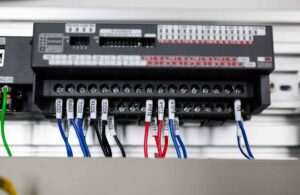
Raspberry Pi as a PLC Controller: Programmable Logic Explored
Discover how the Raspberry Pi is transforming programmable logic controllers and what it means for industrial automation.

How to Download and Upload Programs for Hitech (Beijer) HMI PWS6000 Series: A Comprehensive Guide
How to Download and Upload Programs for Hitech (Beijer) HMI PWS6000 Series: A Comprehensive Guide The Hitech (Beijer) PWS6000 Series
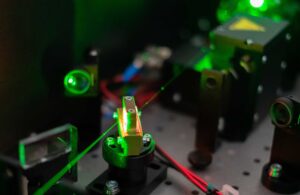
Do Photoelectric Sensors Need Reflectors? Expert Insights
One question that comes up frequently is: Does a photoelectric sensor need a reflector? The answer isn’t a simple yes or no—it depends on the type of sensor and the application’s requirements. Let’s delve into the details to clarify this topic.

